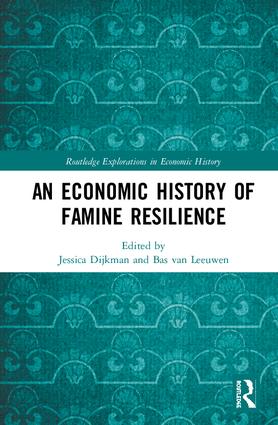Event Detail
Coping with Scarcity and Famines in Ottoman Anatolia ca. 1700-1900
November 13, 2018Speaker: Semih Çelik
On 13 November 2018, Semih Çelik presented the archival sources and methodologies he intended to use for a paper he has been working on, on the economic history of famine resilience in Ottoman Anatolia from a longue-duree perspective, covering a period from early-1600s until mid-19th century. He presented a set of raw data on the evolution of bread prices in 6 Central and Northern Anatolian districts (Ankara, Sivas, Amasya, Konya, Kastamonu, Tokad, Kengiri), which he compiled from the narh lists found in court registers of each district. He argued that price shifts in these 6 towns followed similar patterns in roughly three different periods (1650-1750, 1750-1800, 1800-1850), and it was these patterns that defined (and at the same time were shaped by) distinctive famine resilience strategies during and after famines. Furthermore, he identified 9 famine periods as case studies, in which bread prices made a peak in at least three districts. A lively discussion on the pitfalls of using bread prices to determine the frequency of famines, problems of narh prices, and the possibility of employing alternative sources followed the presentation. He scrutinized famine resilience patterns, their similarities and differences in these three periods in an article which is published in 2019, in a Routledge volume titled An Economic History of Famine Resilience, co-edited by Bas Van Leeuwen and Jessica Dijkman.

